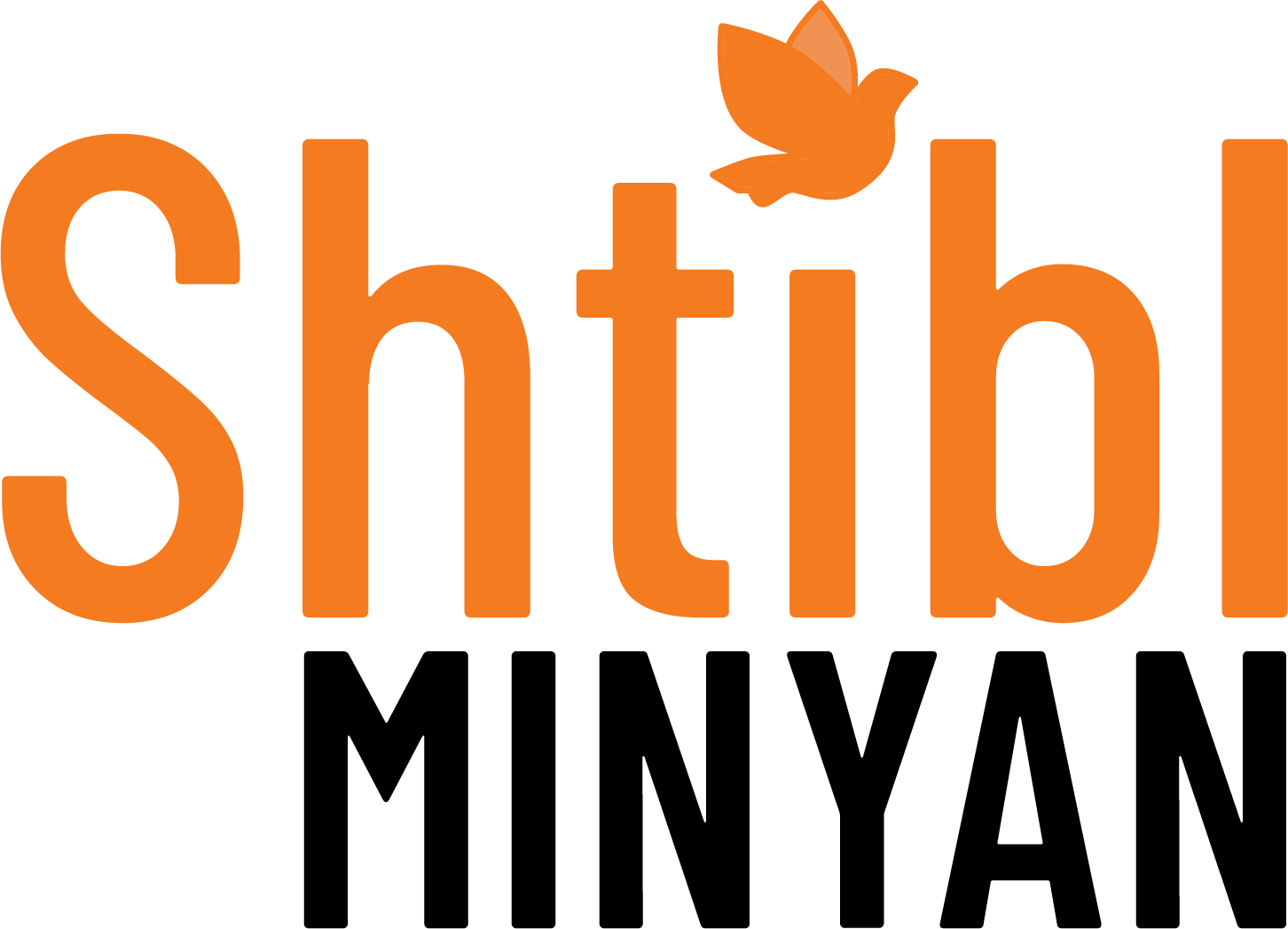Shtibl Drash Guidelines
Presented at the March 23, 2025 Shtibl Members Meeting
PURPOSE
Your aim is to share some words of Torah in a way that elevates the congregation’s Shabbat morning experience. If you’re inspired by the piece of Torah that you have to teach, the likelihood is that members of the kahal will be inspired as well. Sometimes you might have a new insight to share, or you might just be conveying what you’ve learned from your research and study– either is fine. You don’t have to be original!
LENGTH
Aim for a drash that lasts 5-7 minutes–that way, you probably won’t exceed 10! Some tips to keep your drash “lean”: Don’t review everything that was in the weekly Torah portion (the congregation probably was there when it was read); don’t list all the interesting things you might have spoken about but chose not to; don’t list all the sources you looked at but didn’t use. A well-constructed drash usually makes one (or perhaps two!) main points.
CONTENT
Your task is to share some words of Torah with the kahal. If your drash clearly has implications that some in the congregation might find controversial, please think carefully about your role as a teacher of Torah on a Shabbat morning. If your remarks will be challenging to some folks, can you also make them spiritually inspiring? Can you communicate your ideas in a way that will help people feel that your teaching is relevant for them, even if they disagree with your point of view? (A good guideline–try to imagine you were sitting in the congregation when a drash giver made a point “opposite to” the one you want to make–how could the speaker communicate in such a way that you might be able to take it in and feel elevated by their piece of Torah?)
RESOURCES
Read the parsha (and haftara). Think about what questions you have, what insights you’d like to explore, and what might feel relevant to your audience. Try to research what others have thought about your questions and insights. (An abundance of resources in English and Hebrew can be found at Sefaria.org–click on the first verse of the weekly Torah portion to highlight it, then look to the right–“Commentaries” will link you to classic Jewish commentators through the ages, while “Web Pages” will have links to more contemporary sources than any person could ever have time to read.)
PREPARATION
There are many folks at Shtibl who would be happy to discuss or review your drash ideas with you while you’re formulating them, or when you have a draft written up–feel free to make use of these living resources. (If you’re not sure who those people might be, the drash coordinator(s) can help direct you to someone.)
If you’re a less experienced drash giver, you probably should write out your remarks in advance, and practice them to make sure that your delivery is smooth and that you don’t exceed your time limit.
For most people, the best part of giving a drash is the learning that takes place in the process of reading, researching, and thinking. We hope this process of studying and then teaching Torah is meaningful for you.
Yasher Koach in advance for sharing your Torah with the Shtibl Minyan!

